Emergence of Smart Cities
The development of smart cities is driving the demand for advanced telecommunications infrastructure, which includes the Dark Fiber Market. Smart city initiatives rely on interconnected systems that require high-speed data transmission for efficient operation. Dark fiber networks provide the necessary bandwidth to support various applications, such as traffic management, public safety, and environmental monitoring. As urban areas increasingly adopt smart technologies, the need for reliable and scalable fiber optic solutions becomes evident. It is estimated that investments in smart city projects could exceed 2 trillion dollars by 2025, indicating a substantial opportunity for the Dark Fiber Market to play a crucial role in urban development.
Growth of 5G Infrastructure
The rollout of 5G technology is poised to revolutionize telecommunications, thereby acting as a catalyst for the Dark Fiber Market. 5G networks require extensive fiber optic infrastructure to deliver high-speed connectivity and low latency. Dark fiber is essential for backhauling data from cell towers to central networks, ensuring that the full potential of 5G can be realized. As telecommunications companies invest heavily in 5G infrastructure, the demand for dark fiber is expected to surge. Reports indicate that global 5G investments could reach 1 trillion dollars by 2025, highlighting the critical role of the Dark Fiber Market in supporting this technological advancement.
Rising Adoption of Cloud Services
The increasing adoption of cloud services is a pivotal driver for the Dark Fiber Market. As businesses migrate their operations to the cloud, the demand for high-speed, reliable connectivity intensifies. Dark fiber provides the necessary bandwidth and flexibility to support cloud-based applications, which are becoming integral to modern enterprises. According to recent data, the cloud computing market is projected to reach a valuation of over 800 billion dollars by 2025, further propelling the need for dark fiber infrastructure. This trend indicates that organizations are seeking scalable solutions to accommodate their growing data needs, thereby enhancing the relevance of the Dark Fiber Market.
Increased Focus on Network Security
As cyber threats become more sophisticated, organizations are placing a heightened emphasis on network security, which serves as a key driver for the Dark Fiber Market. Dark fiber networks offer enhanced security features, as they are private and dedicated, reducing the risk of data breaches compared to shared networks. This aspect is particularly appealing to sectors such as finance and healthcare, where data integrity is paramount. The Dark Fiber Market is anticipated to grow to over 300 billion dollars by 2024, indicating a strong correlation between security needs and the demand for dark fiber solutions. Consequently, the Dark Fiber Market is likely to benefit from this increasing focus on secure networking.
Surge in Internet of Things (IoT) Devices
The proliferation of Internet of Things (IoT) devices is significantly influencing the Dark Fiber Market. With billions of devices expected to be connected in the coming years, the demand for robust and high-capacity networks is paramount. Dark fiber offers the bandwidth necessary to handle the vast amounts of data generated by IoT applications, which range from smart homes to industrial automation. Industry estimates suggest that the number of connected IoT devices could exceed 30 billion by 2030, creating a substantial opportunity for dark fiber providers. This surge in connectivity requirements underscores the critical role of the Dark Fiber Market in supporting the infrastructure needed for IoT growth.
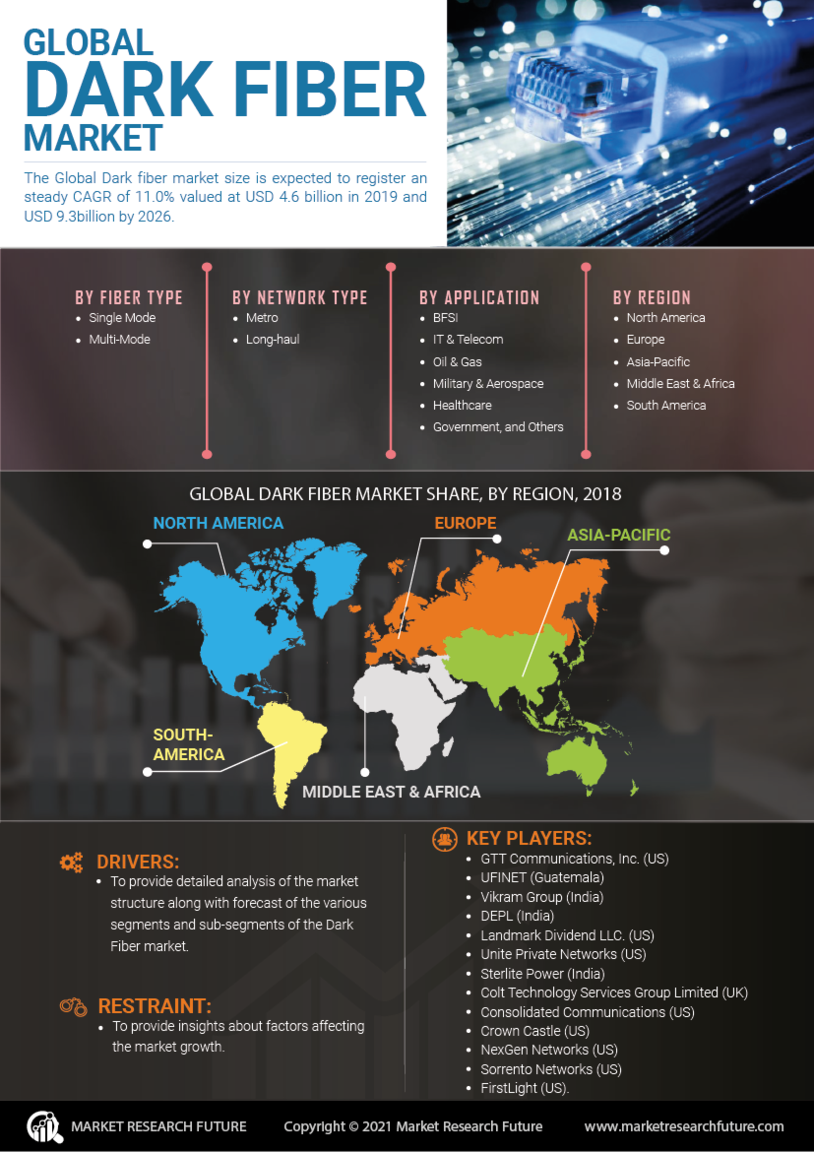

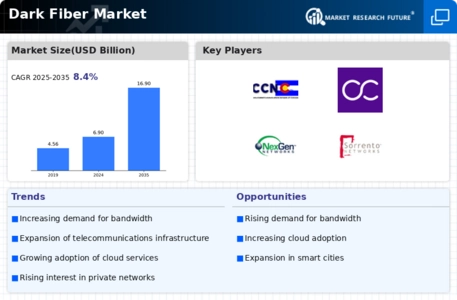
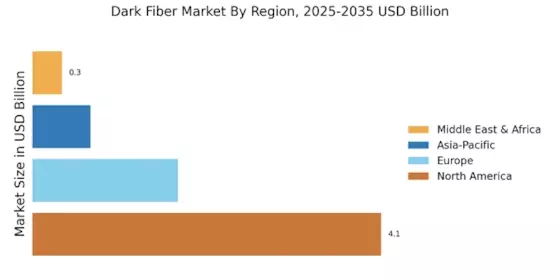
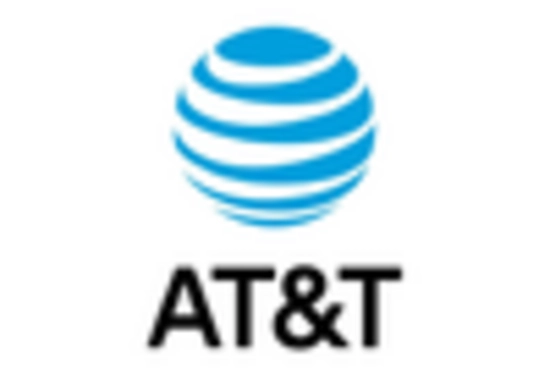
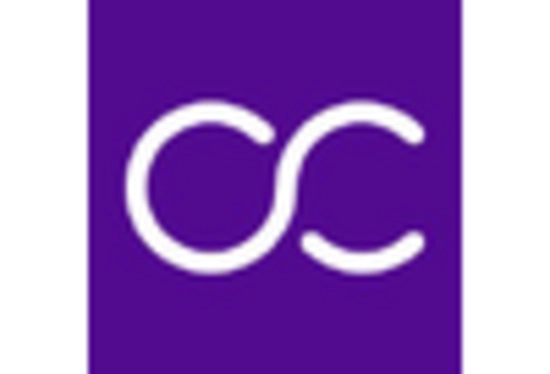
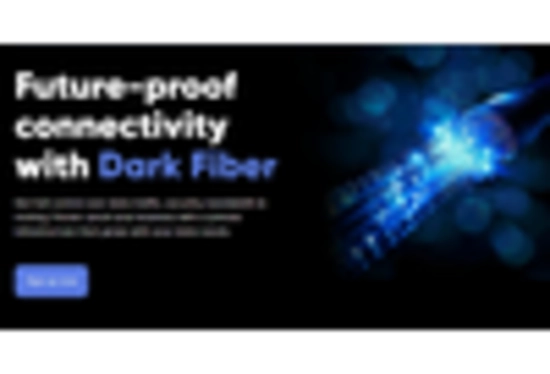
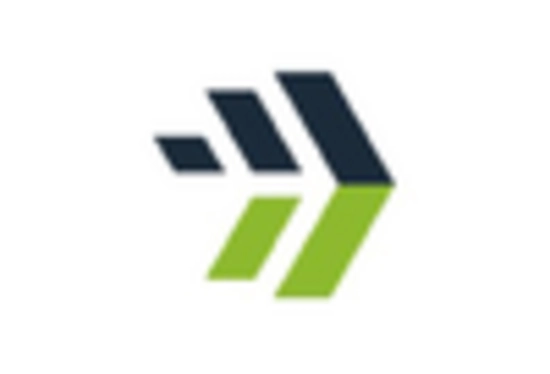
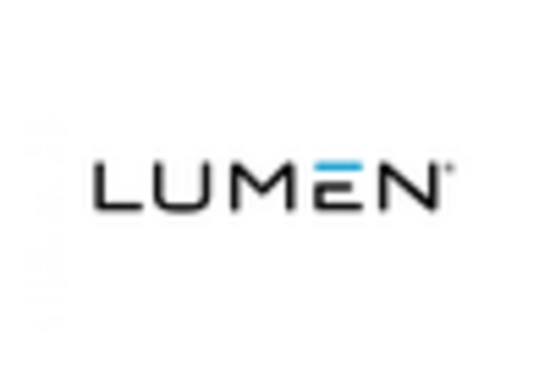
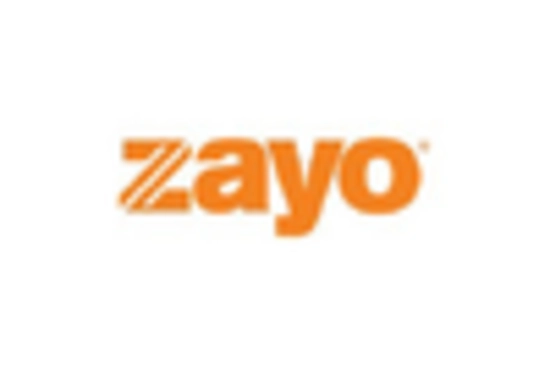








Leave a Comment